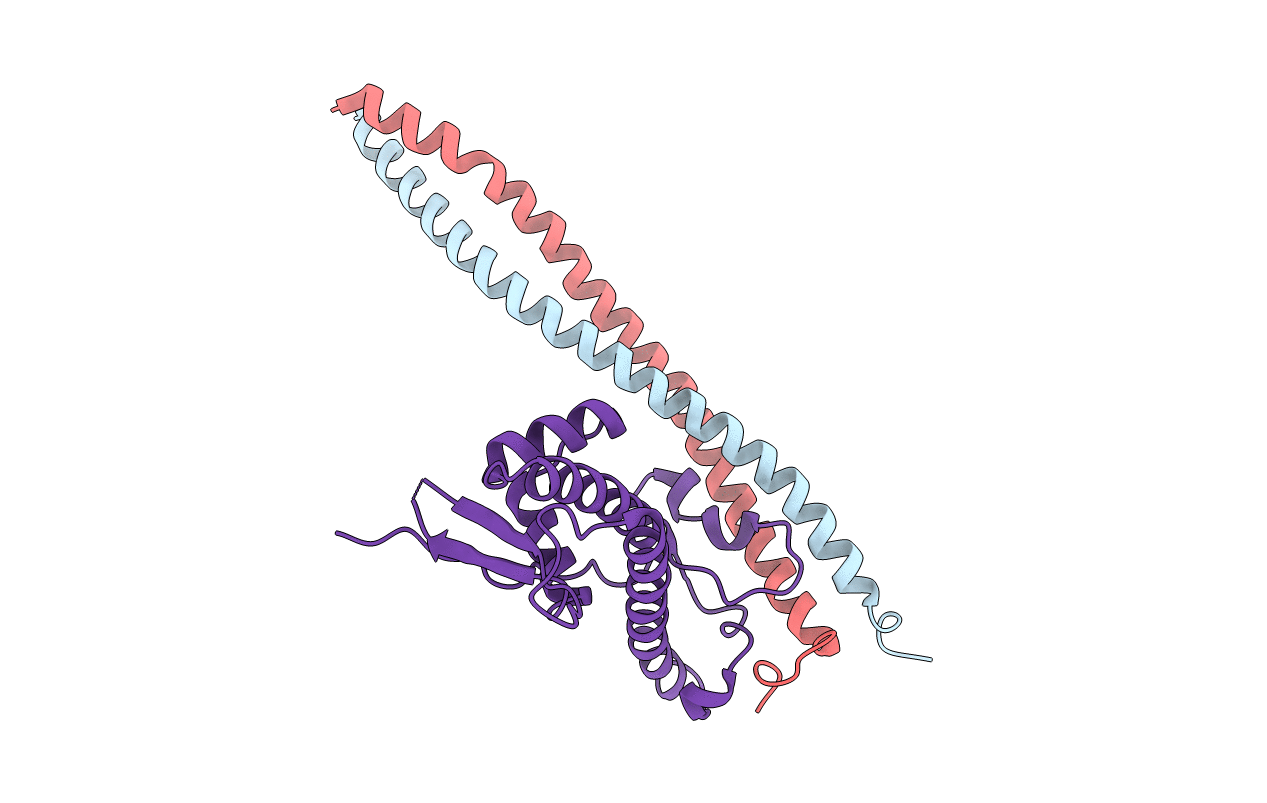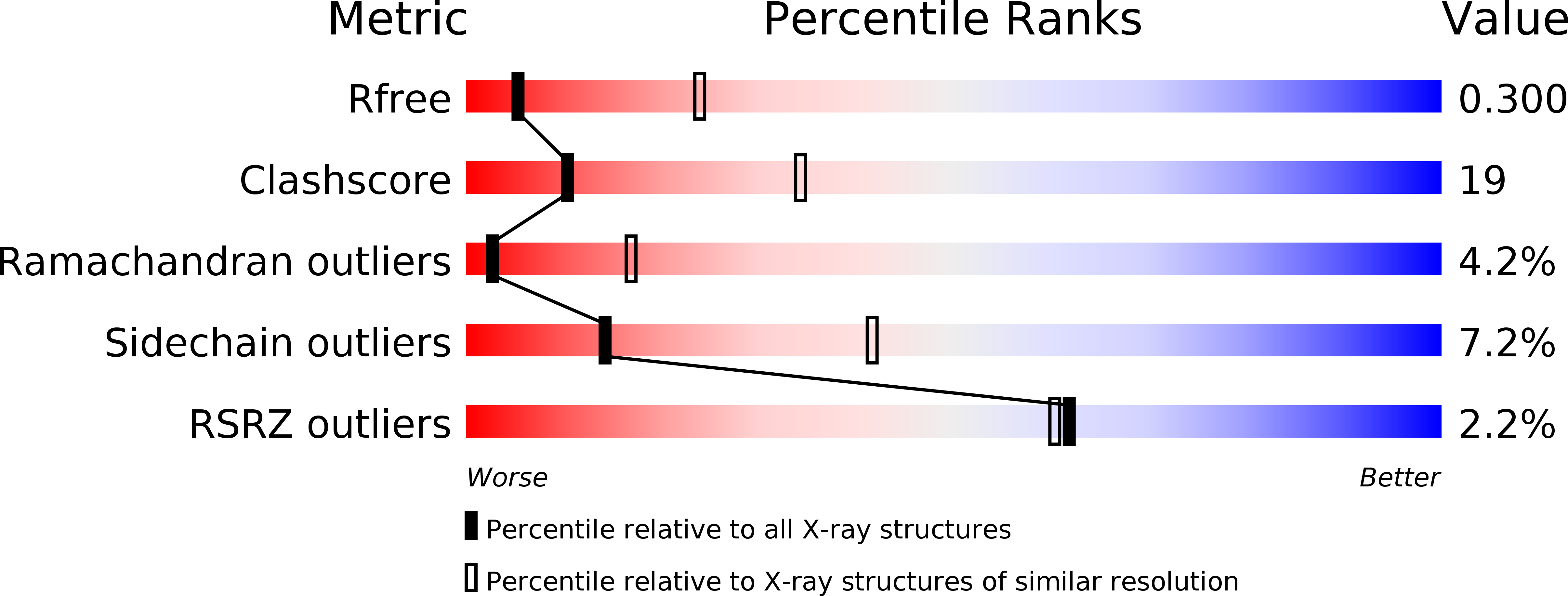
Deposition Date
2009-10-19
Release Date
2009-10-27
Last Version Date
2024-05-08
Method Details:
Experimental Method:
Resolution:
3.30 Å
R-Value Free:
0.30
R-Value Work:
0.24
R-Value Observed:
0.24
Space Group:
P 43 21 2


